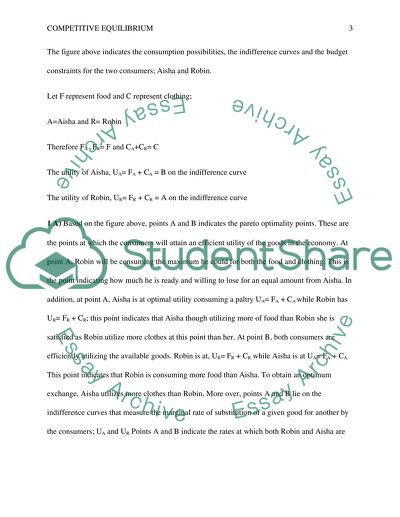Cite this document
(“Marketing - The Competitive Equilibrium in an Exchange Economy and Its Essay”, n.d.)
Marketing - The Competitive Equilibrium in an Exchange Economy and Its Essay. Retrieved from https://studentshare.org/marketing/1452173-part-a
Marketing - The Competitive Equilibrium in an Exchange Economy and Its Essay. Retrieved from https://studentshare.org/marketing/1452173-part-a
(Marketing - The Competitive Equilibrium in an Exchange Economy and Its Essay)
Marketing - The Competitive Equilibrium in an Exchange Economy and Its Essay. https://studentshare.org/marketing/1452173-part-a.
Marketing - The Competitive Equilibrium in an Exchange Economy and Its Essay. https://studentshare.org/marketing/1452173-part-a.
“Marketing - The Competitive Equilibrium in an Exchange Economy and Its Essay”, n.d. https://studentshare.org/marketing/1452173-part-a.


